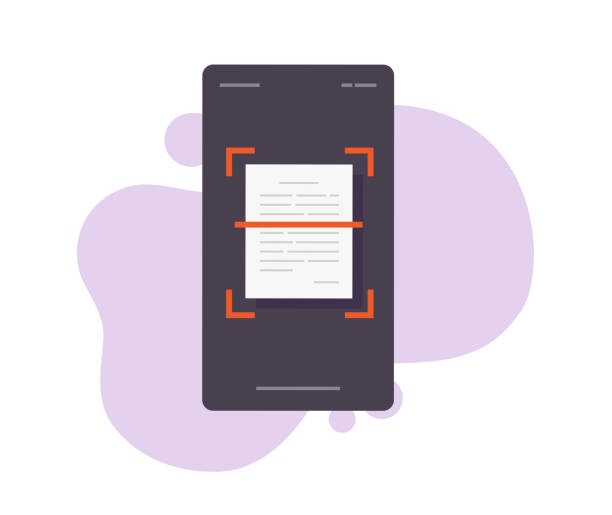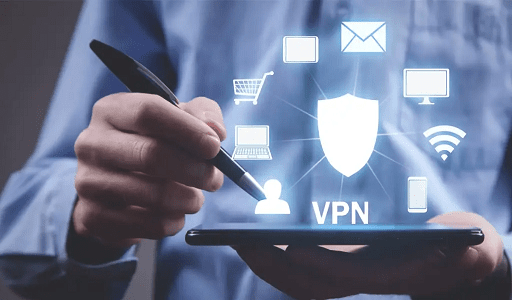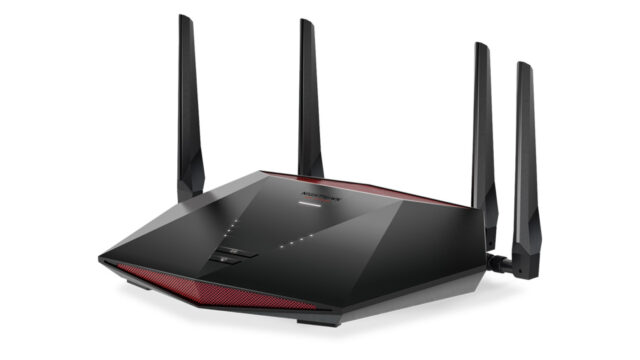All printed and some hand-written characters are recognized using OCR technology, turning them into machine-readable formats. OCR can convert any code made up of letters and numbers, including serial numbers, into a digital output.
Optical Character Recognition (OCR) employs many methods. After the input image has been processed, the characters are retrieved and identified. OCR scanning looks at the characters businesses want to convert to a digital format; it ignores the nature of the item being scanned.
Whenever companies scan text, for example, it understands and identifies the letters but not the meaning.

Optical Character Recognition Workflow Process
The OCR scanning procedure entails three fundamental steps, which are as follows:
Image Pre-Processing
OCR technology applies some pre-processes to the images to improve the probability of successful recognition. To enhance the image’s data, pre-processing is the primary objective. It is essential for the following steps.
Character Recognition
It is essential to understand the meaning of a “feature extraction” in order to identify the character. Because of the amount of data to be processed well, only the most crucial features are chosen, and the less crucial ones are disregarded. The performance is enhanced by employing a smaller set of data as opposed to the initial large one.
You may also like Top 5 Myths Debunked Regarding Internet Business
Post-Processing
Post-processing is another method for error correction that improves OCR scanning precision. The output could be restricted by a lexicon, which would further improve accuracy.
The algorithm can therefore fall back on a list of words that are allowed to appear in a scanned document.
Along with recognizing the right words, the character recognition app can read codes and numbers. This is useful for deciphering lengthy alphabetic and numeric sequences, like serial numbers, which are used in various industries.
To respond to different types of input OCR scanning is more effective, several providers started creating specialist optical character scanners. These algorithms can handle odd photos, and they have used a variety of optimization methods to further increase recognition accuracy.
They employ formal language, common words, and rich details in colorful pictures, for example. Application-oriented OCR, sometimes referred to as “customized OCR,” is a methodology that combines many optimization approaches. Applications that use it include those that use invoice OCR, ID card OCR, and business card OCR.
Use Cases of OCR Scanning
Given that it can be combined with numerous technologies, optical character recognition has a wide range of applications. OCR Scanning of text is used in the following examples:
OCR Scanning in Identification Process
Passports and identification cards can be scanned in areas that are machine-readable. Optical character recognition can speed up the identification and registration of customers.
This is beneficial to security personnel at checkpoints and borders. It may be used to enhance client involvement during registration and commercial purposes, such as check-ins at hotels.
OCR Scanning in Marketing Sector
Leading companies are using OCR document scanners to develop interesting campaigns that boost consumer engagement. Consider how many promotional codes customers can use by just typing them in. Or, might need to collect the numeric information printed on a bottle cap.
All of these initiatives can make use of OCR Technology, and the program integrates easily with business websites and mobile applications. Online registration will be simpler because customers won’t have to type a string of numbers and letters.
As an illustration of OCR services consider how PepsiCo scans coupon codes from popular chip packages like Lays, Doritos, and Ruffles during marketing campaigns.
You may also like How Modern Manufacturing ERP Software Drives a Competitive Business
OCR Scanning in Online Payment Methods
Bank accounts with different locations are identified using the International Bank Account Number (IBAN). Such account numbers can contain both digits and letters and come in a range of lengths.
To assist with international transactions, online banks can simply incorporate OCR software into the system. Due to this, their clients can scan their IBAN rather than enter a lengthy character combination.
Final Thoughts
Every organization in the world needs to work with data processing and extraction. For internet businesses, processing huge volumes of customer data can be challenging.
If done manually, it is not only time-consuming but also expensive because the business needs to pay staff to handle the information. OCR scanning is the greatest solution to this problem. Not only does it eliminate the need to pay specialists, but when combined with artificial intelligence, it also rapidly turns paper-based documents into digital PDFs.
Would you like to read more about OCR Scanning-related articles? If so, we invite you to take a look at our other tech topics before you leave!
![]()











